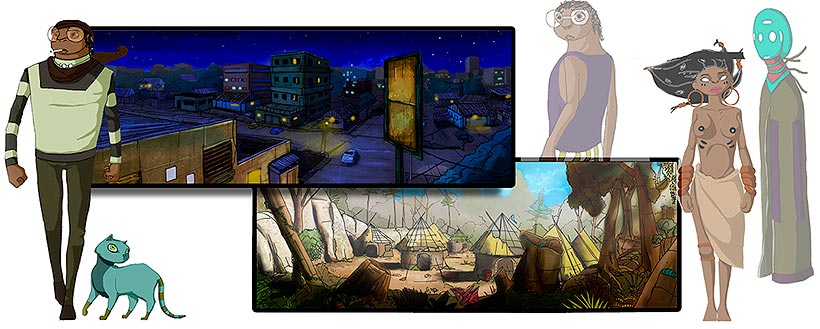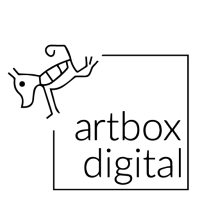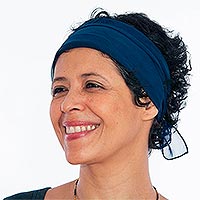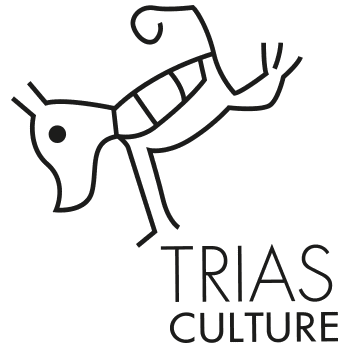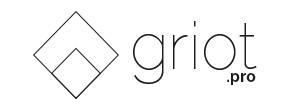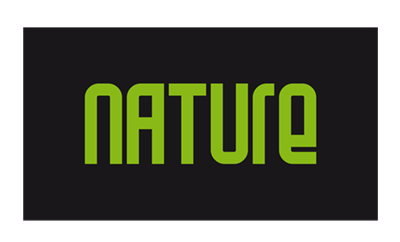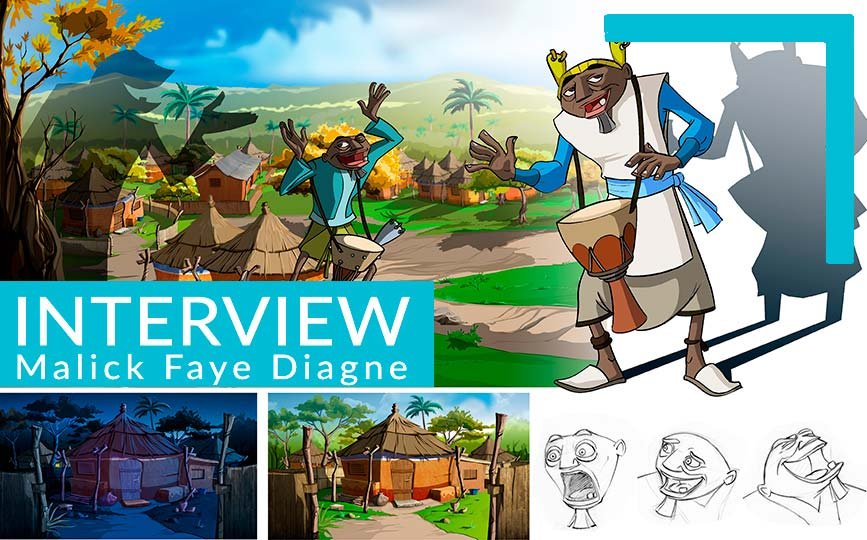
Malick was trained in Senegal but also in New York and has an impressing experience in the 2D/3D field. He also worked in India at studio Paprikaas on various projects such as «How to train your Dragon» a famous film of Dreamworks or advertising for Nike.
He was also a graphic technician at the Grand Theatre National of Dakar and taught Graphic Design at the University of Thies and Sup-Info Dakar.
You are responsible for a special training in 2D and 3D animation at IAM. Can you tell us more about it?
The art and animation technique program is an innovative curriculum in Senegal and in Africa, because it prepares students for the complex and technical profession of stage setting in traditional as well as digital animation (e.i. Computer assisted). The training program has a substantial part in graphic techniques (academic drawing/animation drawing) and software techniques, these various techniques allowing students to conceive a structured universe with characters and their stories inside it.
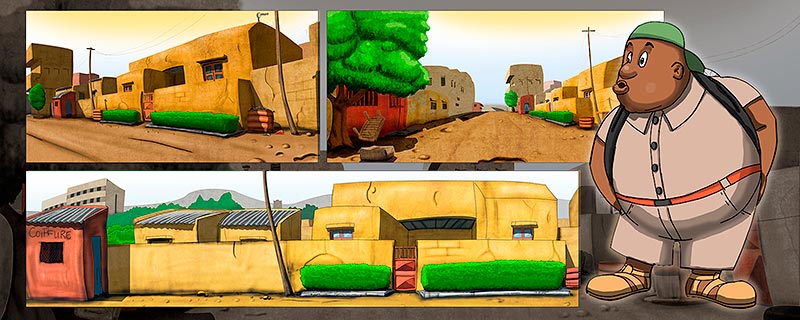
How did the project start?
The ACP3D training program is hosted in IAM Dakar and offers training in 2D and 3D animation arts and techniques. It derived from the will of the European Union and the ACP to encourage artists and computer graphic professionals in Africa create animation content (cartoons) and allow children in Africa to watch their own culture and understand through the cartoons their universe which is so rich. Funded by the ACP in 2013 this training program project has now become a sustainable speciality in the IAM Dakar group, meeting the objectives of the ACP to have young African people who are trained in the animation profession.
Is this a university level training, certified and integrated in the academic curriculum of IAM?
Yes, the training program offers a DUT in computer graphics (2 years), BA in 2D/3D Animation (3 years), Certificate in Computer Graphics (1 year/6 months). The trainers earn a certificate award.
And the added value of IAM,
ISO : quality insurance
CAMES : quality insurance
AABS : quality and prestige of the network
AUF : quality and research
GBSN : openness to the world
ECCH : Intelligence and benchmarking
Being trained in an excellence center in WAEMU
How is this training program structured: main themes, method, duration, etc.?
Training in animation arts and techniques includes a whole lot of competences in various and specific fields. As for the training for the realization of animation films, it is essential that the students understand the basic principles of stage setting, photography, scenario writing, editing and sound, understand the history of art, animation and cinema. Besides these graphic competences, i.e. mastering the perspective drawing techniques, human features, the 12 principles of animation, there is also more training in 2D et 3D softwares they can use for drawing, modeling and turning their animations into videos. The training team gathers very talented professors who are available and engaged in training future generations of animation or video games developers. A BA is awarded in three years, a DUT in 2 years and a certificate in computer graphics in one year.

What kind of technology and equipment is available for this program?
We work with traditional animation equipment, i.e. light tables and rostrum cameras to capture or scan the drawing, the students also have graphic tablets and use pressure pens to draw or paint directly in the software applications. The machines we use for rendering are HP servers equipped with Xeon processors which makes it quick to render 3D animations..
How many students are involved?
We accept about ten students each year, and there is already a first awarded cohort with 8 different African nationalities.
What are the job opportunities in the market after the training of the students?
If we consider the first cohort, they have all been inserted in professional life, in Senegal and other parts of Africa, as well. One of them is an artistic director at RTS2, another one works at Chouett Prod as a developer, another one works in computer graphics in a MC CANN studio in Bamako, other ones have positions in the cinema field in the Comoros Islands…
Professional opportunities are numerous and various, we can say that all the professions that are related to the image offer opportunities for our students.
What are the opportunities and constrains that have been faced for the students and the program in itself?
The program, it is true, needs more visibility. Young talents in Senegal and Africa should know us more and come here to train in these innovative professions with fantastic results.
